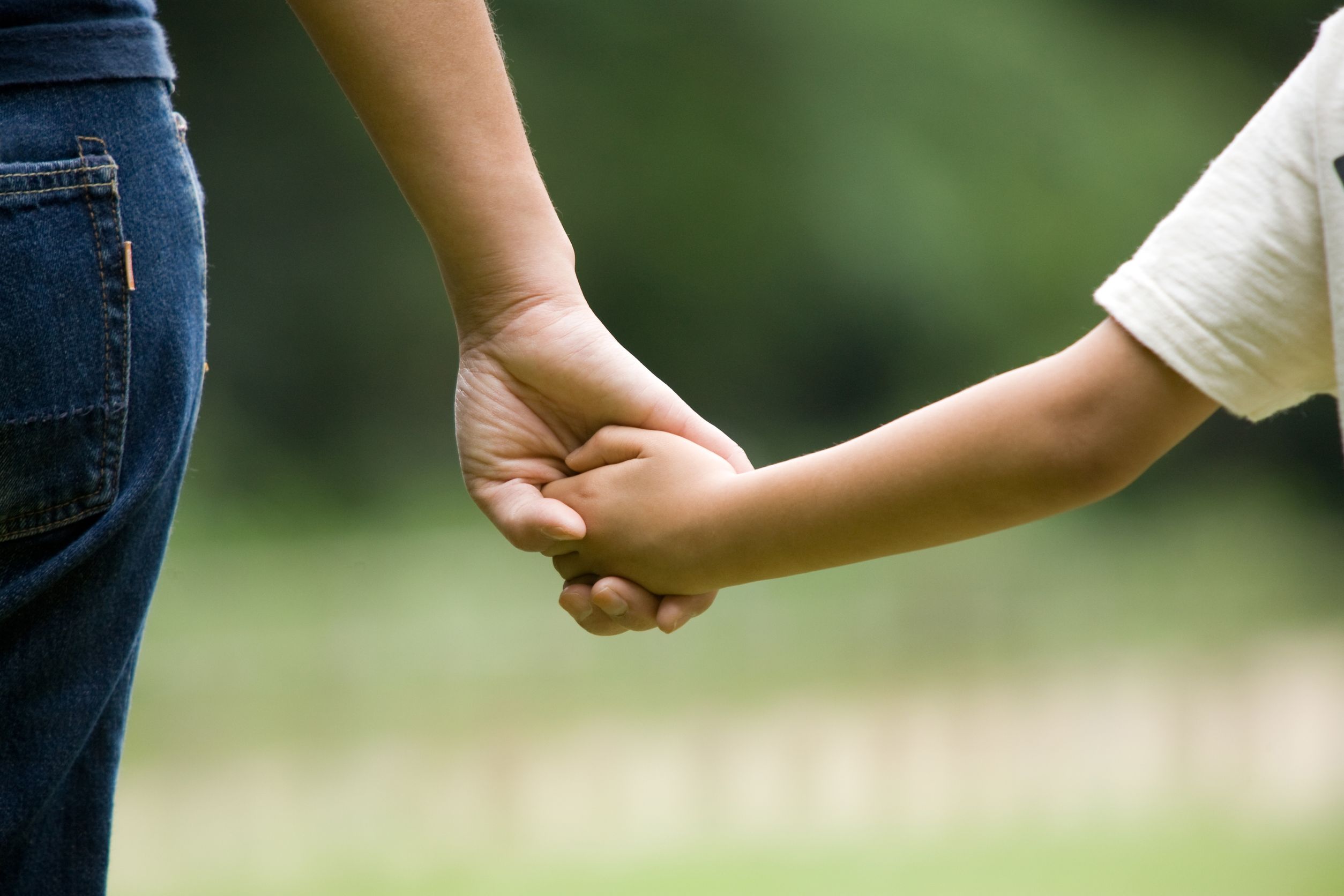
Psychological impact of disasters and terrorism on youth
 Disasters are destructive occurrences that disrupt and overwhelm entire communities. They confront every society and collectively affect as many as thirty-three million individuals worldwide in a given year. When disasters strike, a great many youth are in close proximity and are vulnerable to directly witnessing massive destruction, seeing dead or injured people, being involved in a school evacuation, losing a loved one, viewing physical damage or ruins, and/or being forced to relocate residency. Accordingly, examining the psychological impact of disasters on youth constitutes a matter of tremendous public health concern. The MINT Program has conducted extensive meta-analytic, survey-based, and experimental research examining the impact of disasters and terrorism on exposed children and their families. Much of our work in this area has focused on children affected by the September 11th terrorist attacks in 2001, and most recently we conducted a number of studies examining the adjustment of Boston-area youth following the 2013 Boston Marathon bombing and subsequent manhunt. Our work on children affected by disasters and terrorism examines the intergenerational transmission of distress following disaster exposure, and has examined posttraumatic stress symptoms and broader emotional and behavioral problems among children following direct exposure, as well as the mental health toll of media-based contact with disasters and terrorism among children near and far.
Disasters are destructive occurrences that disrupt and overwhelm entire communities. They confront every society and collectively affect as many as thirty-three million individuals worldwide in a given year. When disasters strike, a great many youth are in close proximity and are vulnerable to directly witnessing massive destruction, seeing dead or injured people, being involved in a school evacuation, losing a loved one, viewing physical damage or ruins, and/or being forced to relocate residency. Accordingly, examining the psychological impact of disasters on youth constitutes a matter of tremendous public health concern. The MINT Program has conducted extensive meta-analytic, survey-based, and experimental research examining the impact of disasters and terrorism on exposed children and their families. Much of our work in this area has focused on children affected by the September 11th terrorist attacks in 2001, and most recently we conducted a number of studies examining the adjustment of Boston-area youth following the 2013 Boston Marathon bombing and subsequent manhunt. Our work on children affected by disasters and terrorism examines the intergenerational transmission of distress following disaster exposure, and has examined posttraumatic stress symptoms and broader emotional and behavioral problems among children following direct exposure, as well as the mental health toll of media-based contact with disasters and terrorism among children near and far.
Representative MINT publications on the impact of disasters and terrorism on children (for a complete list of studies, click here):
Comer, J.S., Bry, L., Poznanski, B., & Golik, A.M. (2016). Children’s mental health in the context of terrorist attacks, ongoing threats, and possibilities of future terrorism. Current Psychiatry Reports, 18, 79.
Comer, J.S., DeSerisy, M., & Green, J.G. (in press). Caregiver-reports of Internet exposure and posttraumatic stress symptoms among Boston-area youth following the 2013 Marathon bombing. Evidence-Based Practice in Child and Adolescent Mental Health.
Carpenter, A.L., Elkins, R.M., Kerns, C., Chou, T., Green, J.G., & Comer, J.S. (in press). Event-related household discussions following the Boston Marathon bombing and associated posttraumatic stress among area youth. Journal of Clinical Child and Adolescent Psychology.
Crum, K., Cornacchio, D., Coxe, S., Green, J.G., & Comer, J.S. (in press). The co-occurrence of child posttraumatic stress and conduct problems following the Boston Marathon bombing: A latent profile analysis. Journal of Traumatic Stress.
Crum, K.I., Cornacchio, D., Coxe, S., Green, J.G., & Comer, J.S. (in press). Conduct problems among Boston-area youth following the 2013 Marathon bombing: The moderating role of prior violent crime exposure. Journal of Clinical Child and Adolescent Psychology.
Comer, J.S., Dantowitz, A., Chou, T., Edson, A.L., Elkins, R.M., Kerns, C., Brown, B., Green, J.G.(2014). Adjustment among area youth after the Boston Marathon bombing and subsequent manhunt. Pediatrics, 134, 7-14.
Comer, J.S., Kerns, C., Elkins, R.M., Edson, A.L., Chou, T., Dantowitz, A., Miguel, E., Brown, B., Coxe, S., & Green, J.G. (2014). Adjustment among children with relatives who participated in the manhunt following the Boston Marathon attack. Depression and Anxiety, 31, 542-550.
Kerns, C.E., Elkins, R.M., Carpenter, A.L., Chou, T., Green, J.G., & Comer, J.S. (2014). Caregiver distress, shared traumatic exposure, and child adjustment among area youth following the 2013 Boston Marathon bombing. Journal of Affective Disorders, 167, 50-55.
Furr, J.M., Comer, J.S., Edmunds, J., & Kendall, P.C. (2010). Disasters and youth: A meta-analytic examination of posttraumatic stress. Journal of Consulting and Clinical Psychology, 78, 765-780.
Comer, J.S., Fan, B., Duarte, C., Wu, P., Musa, G., Mandell, D., Albano, A.M., & Hoven, C. (2010). Attack-related life disruption and child psychopathology in New York City public schoolchildren 6-months post-9/11. Journal of Clinical Child and Adolescent Psychology, 39, 460-469.
Comer, J.S., Furr, J.M., Beidas, R.S., Weiner, C.L., Kendall, P.C. (2008). Children and terrorism-related news: Training parents in coping and media literacy. Journal of Consulting and Clinical Psychology, 76, 568-578.
Comer, J.S., Furr, J.M., Beidas, R.S., Babyar, H., & Kendall, P.C. (2008). Media use and children’s perceptions of societal threat and personal vulnerability. Journal of Clinical Child and Adolescent Psychology, 37, 622-630.
Comer, J.S., & Kendall, P.C. (2007). Terrorism: The psychological impact on youth. Clinical Psychology: Science and Practice, 14, 179-212.
Comer, J.S. (2010). Terrorism. In I. Weiner & E. Craighead (Eds.), Corsini Encyclopedia of Psychology (4th Edition). NY: John Wiley & Sons.
 MINT
MINT
